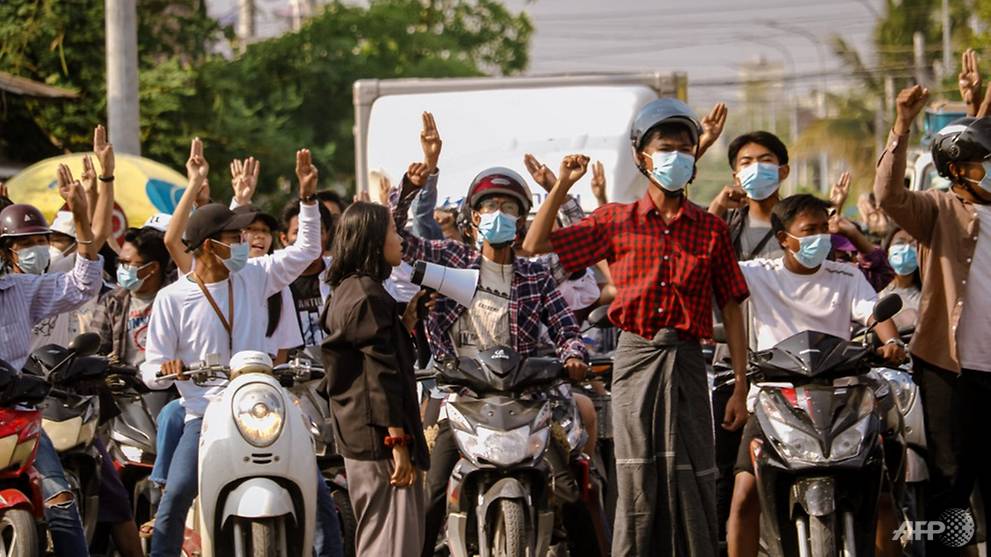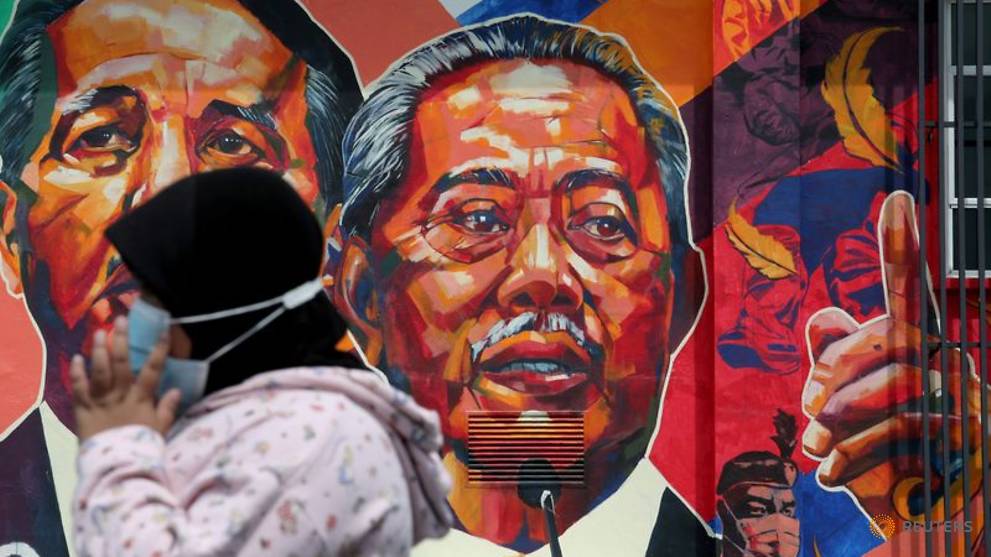BANGKOK: A coronavirus surge sweeping through Thailand's prisons has thrown the spotlight on the kingdom's overcrowded penal system, where some inmates have less space to sleep than the inside of a coffin.
More than 22,000 people have tested positive inside jails, where inmates living cheek by jowl have been encouraged to keep wearing their masks even while they sleep.
Authorities have floated plans to give early releases to prisoners with underlying medical conditions and have announced funding for more testing and medical care in recent days.
READ: COVID-19 – Provisional release on the cards for some inmates in Thailand amid overcrowding
But those behind bars say they have been kept in the dark about the seriousness of the outbreak.
"Prisoners don't have the knowledge to protect themselves," said Somyot Prueksakasemsuk, a high-profile activist facing charges under Thailand's harsh royal defamation law.
Somyot was bailed last month and told AFP that he had not been tested for COVID-19 once during his 10-week stint in custody.
He was not worried about contracting the disease while in jail because he had no idea about the level of risk.
"But after this I'm so scared (for everyone still inside) ... if you are inside the prison you are at risk, it's unavoidable," he said.
Thailand's prison outbreak has skyrocketed from just 10 publicly announced cases a month ago and sparked growing public concern after a handful of prominent activists contracted the illness.
Among them was student leader Panusaya "Rung" Sithijirawattanakul, who helped lead a series of rallies last year demanding political reforms in the kingdom, and who tested positive after she was released on bail.
"LESS ROOM THAN A COFFIN"
The Thai prison population stood at around 311,000 earlier this year, the International Federation for Human Rights said - more than two-and-a-half times the system's official capacity.
Four inmates in every five are serving time for drug charges because of harsh anti-narcotics laws that can see offenders jailed for a decade for possessing just a few methamphetamine pills.
Many cells are so packed with bodies that some inmates only have half a metre of space.
"That is less room for a body than the inside of a coffin," Justice Minister Somsak Thepsutin told local media in February.
READ: Thailand authorises Sinopharm COVID-19 vaccine, royal academy seeks 1 million doses
Officials have tested more than 36,000 inmates in recent weeks and begun delivering COVID-19 vaccines to inmates and prison staff.
Somsak said he was examining ways to give early releases to prisoners with underlying medical conditions, possibly through a royal pardon.
Even if the plan goes ahead, prisoners will still have to complete a quarantine before returning home.
"For us to bail anyone or do anything, it has to be done properly," Somsak told reporters on Monday. "We can't allow them to spread infections."
Rights groups say the plan should go further and urged authorities to also free non-violent offenders in order to reduce overcrowding.
"Authorities should reduce the detainee population... of those held on politically motivated charges or for minor offences," said Brad Adams of Human Rights Watch.
BOOKMARK THIS: Our comprehensive coverage of the COVID-19 pandemic and its developments
Download our app or subscribe to our Telegram channel for the latest updates on the coronavirus outbreak: https://cna.asia/telegram
https://news.google.com/__i/rss/rd/articles/CBMiZWh0dHBzOi8vd3d3LmNoYW5uZWxuZXdzYXNpYS5jb20vbmV3cy9hc2lhL2NvdmlkLTE5LXRoYWlsYW5kLXByaXNvbi1qYWlsLW92ZXJjcm93ZGVkLW91dGJyZWFrLTE0OTA5Mzk20gEA?oc=5
2021-05-29 03:04:21Z
52781629675811


